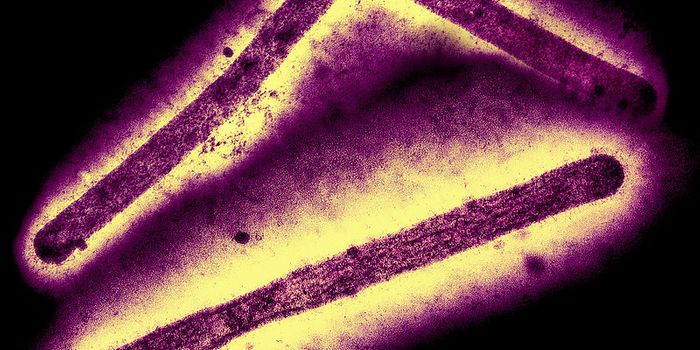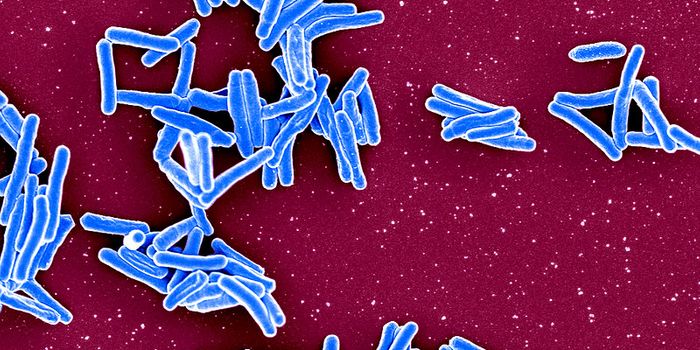Ancient Sudanese DNA Reveals More About Human History
Advances in DNA sequencing technologies have given us unprecedented insight into the history of humanity. Reporting in Nature Communications, researchers have now completed an analysis of ancient human DNA from 66 individuals who lived in the Nile Valley about 1,000 years ago near what is now Sudan. These people were found at a site called Kulubnarti, part of ancient Nubia. People have lived in that area for a very long time, and individuals from various parts of Africa and West Eurasia came together there throughout history.
Christianity arrived in the region around 542 CE, and in about the 7th century, Arabs began a conquest of Egypt that moved south along the Nile over hundreds of years. Genetics can provide insight into history through the lens of human biology.
This latest study has greatly expanded our understanding of this region. Only three samples like these from the entire Nile Valley were available before this, noted the first study author Kendra Sirak, PhD, now at Harvard University. "Nubia was a place of human habitation for tens of thousands of years. This ancient genetic data helps fill in some major gaps in our understanding of who these people were."
The study suggested that these people lived between 1,080 and 1,320 years ago, so the researchers were able to learn more about what happened there before the cultural and genetic influence of Islam.
The gene pool of Kulubnarti went through multiple waves of change, some at the local level, but others reflecting the movement of distant populations. Their Nile-area ancestry is still seen in some Sudanese people today, as well as West Eurasian ancestry that probably came to Nubia from Egypt.
"A key finding is that social status did not have a strong relationship to biological relatedness or to ancestry in this ancient population, who lived during a period of cultural and social change," noted co-senior study author Jessica Thompson, now at Yale University.
Because of burial practices observed by the researchers, this work may also settle some debate about the social practices of the people living in this region, who apparently did not consider biological ancestry in their social differentiation. "This reinforces the point that dividing people up socially on the basis of their genetic ancestry is a recent phenomenon, with no basis in universal human tendencies," suggested Thompson.
The DNA used in this study came from people buried in two Christian-style cemeteries, one on an island in the Nile, the other on the mainland. Those buried at the island site had an average age of ten, while the mainland cemetery had people with an average age of 18. The work revealed that people from both cemeteries were from the same population; relatives were buried in both locations. It had previously been suspected that the islanders were a kind of underclass, but this work suggests that hypothesis was incorrect.
The research also revealed that a lot of the ancestry that came from Eurasian populations also came from women. "Often when you think of ancestry and how genes move, you think of males who are trading or conquering or spreading religion," Sirak says. "But the genetic data here reveals that female mobility was really crucial to shaping the gene pool in Kulubnarti."
Sources: Yale University, Nature Communications









